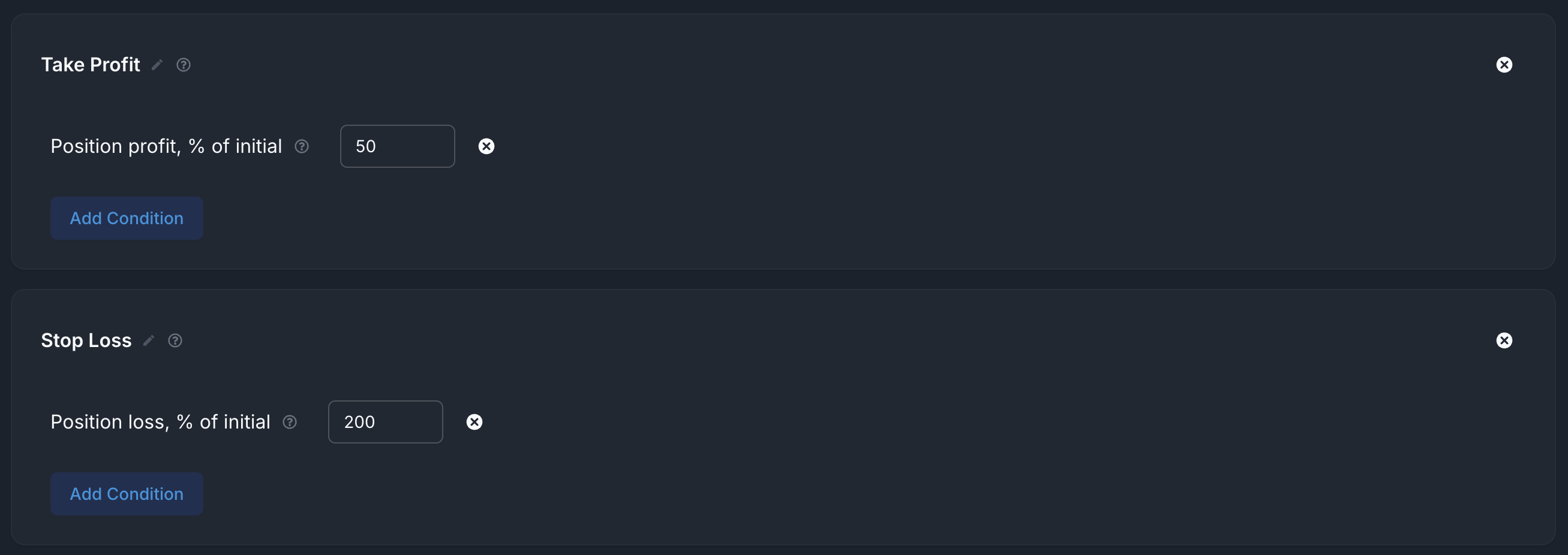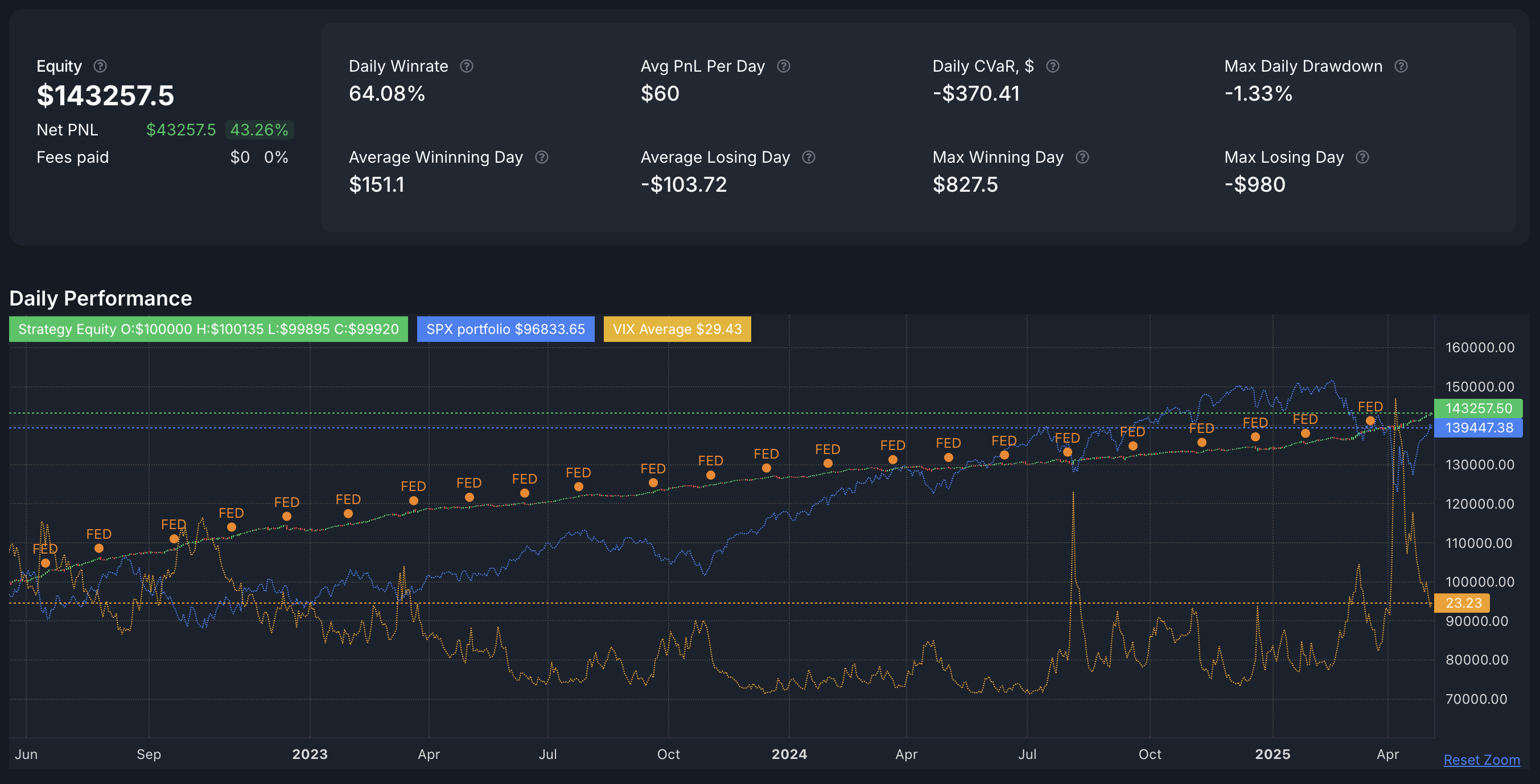How to Trade 0DTE SPX Options for Daily Income: A Beginner’s Guide
1. Why 0DTE Trading Has Exploded
Zero‑day (0DTE) SPX options have exploded from niche curiosity to headline phenomenon. Industry data shows that more than half of all SPX option contracts now trade on their expiration day — a dramatic shift driven by:
- Five weekly expirations (Mon‑Fri) that create fresh setups every morning.
- Institutional hedging that pours liquidity into near‑term strikes.
- Retail innovation — from backtesting tools like GreeksLab to rapid‑fire analytics on social media.
For active traders, 0DTE presents a unique mix of speed, flexibility, and well‑defined risk. For newcomers, it also carries sharp hazards. The rest of this guide unpacks both sides — and shows how to test ideas safely before real money is at stake.
2. What Does “Zero-Day” Really Mean?
- Zero‑day = expiration day. Your option goes to $0 or settles in cash today — not next week or next month.
- Cash‑settled index. SPX options never convert to shares, so there’s no assignment risk. Gains or losses settle in dollars.
- European exercise. You can’t be exercised early; everything happens at the close.
- PM‑settled SPXW. Weekly SPX options settle on the 4 p.m. ET print, so you trade intraday moves, not an overnight gap.
These quirks compress theta, gamma, and implied‑volatility shifts into a handful of hours. Profits (and mistakes) happen fast.
Because of the compressed time frame, theta decay, volatility shifts, and gamma exposure are concentrated into just a few hours—creating both opportunity and risk.
3. 0DTE vs. Longer‑Dated Options — Key Differences
0DTE Strengths
- Daily opportunities. New expirations every morning.
- Rapid feedback. Know within hours if your logic holds.
- Capital efficiency. Cash frees up overnight.
0DTE Weaknesses
- Little room for error. No time to “let it come back.”
- High emotional pressure. PnL swings can be extreme.
- Intraday news risk. One headline can invalidate a setup.
Longer‑Dated Strengths
- Flexibility to adjust. Rolling, hedging, or scaling is easier.
- Slower decision cadence. Good for swing‑style trading.
Longer‑Dated Weaknesses
- Slower capital turn. Margin stays tied up longer.
- Theta works against long premium. Carry cost matters more.
Take‑away: 0DTE shines for disciplined, rules‑based traders who crave rapid iterations. If you prefer a calmer tempo, stick to multi‑day options.
4. Step-by-Step: Backtesting 0DTE with GreeksLab
GreeksLab is a backtesting platform for SPX 0DTE strategies, allowing you to test trade ideas on historical intraday data at one-minute resolution—no coding required.
Step 1 — Define Your Legs
Choose a preset (spread, condor, straddle, strangle) or build legs manually. For each leg you can target by:
- Delta (e.g., short 10‑delta put)
- Strike distance (e.g., ATM + 30 pts)
- Percent OTM or fixed premium

Step 2 — Set Entry Conditions & Filters
- Entry time: e.g., 10:00 a.m. ET
- Filter days: e.g., skip CPI, FOMC, or VIX > 20
- Gap filters: e.g., only trade if SPX gap is below 1%

Step 3 — Define Exits & Post‑Trade Actions
- Profit target, stop‑loss, or time‑stop (e.g., exit at 3 p.m.)
- Optional leg rolls (e.g., roll a challenged short strike for credit)
- Partial close rules (take off selected legs if they reach X% profit)

Step 4 — Run the Backtest
Pick a date range (e.g., last 12 months). GreeksLab re‑creates every eligible day at one‑minute granularity, logs each fill, and outputs:
- Win–loss distribution
- Equity curve & drawdowns
- Greeks exposure over time
- Trade‑by‑trade drill‑down
Step 5 — Analyze & Iterate
- Identify outlier losses — were they mostly on macro days?
- Tweak entry timing or width until risk‑adjusted returns improve.
- Validate stability by re‑running on a different year or regime.

Backtesting helps you refine timing, structure, and logic by observing how your approach behaved under actual market conditions.
5. Importance of Backtesting Before Trading
Backtesting isn’t about predicting the future — it’s about understanding how your logic would have worked in the past.
GreeksLab helps you:
-
Test entry timing (e.g. avoid first 30 minutes after open)
-
Set and evaluate exit logic (profit targets, stop-loss, time-based exits)
-
Filter for context (e.g. skip days with VIX spikes or macroeconomic news)
This helps you build confidence—or identify flaws—before deploying real capital elsewhere.
📌 Backtesting does not guarantee future results, but it’s essential for developing a data-driven strategy.
6. Common Pitfalls for 0DTE Beginners
-
No exit plan: Letting trades run until expiration increases risk.
-
Oversizing: Losses on 0DTE trades can escalate quickly. Keep risk per trade controlled.
-
Ignoring context: Avoid trading during high-impact events like CPI, FOMC, or large earnings days.
-
Overfitting: Don’t add excessive conditions just to make backtests look good. Simpler rules often perform better in live conditions.
0DTE can be powerful—but only with consistent rules, measured risk, and an adaptive mindset.
7. Final Thoughts: Use Data, Not Guesswork
0DTE SPX trading is fast-paced and data-sensitive. With the right tools, you can turn this into a structured, testable process—not a guessing game.
GreeksLab enables you to:
-
Build and test trade ideas using real SPX data
-
Validate your setups across different market regimes
-
Learn what works—before risking capital
Get the most out of GreeksLab!
Create a free account or sign in to access:
- Backtester tool
- Flexible strategy builder
- High resolution data
- Advanced analytics
- And much more...